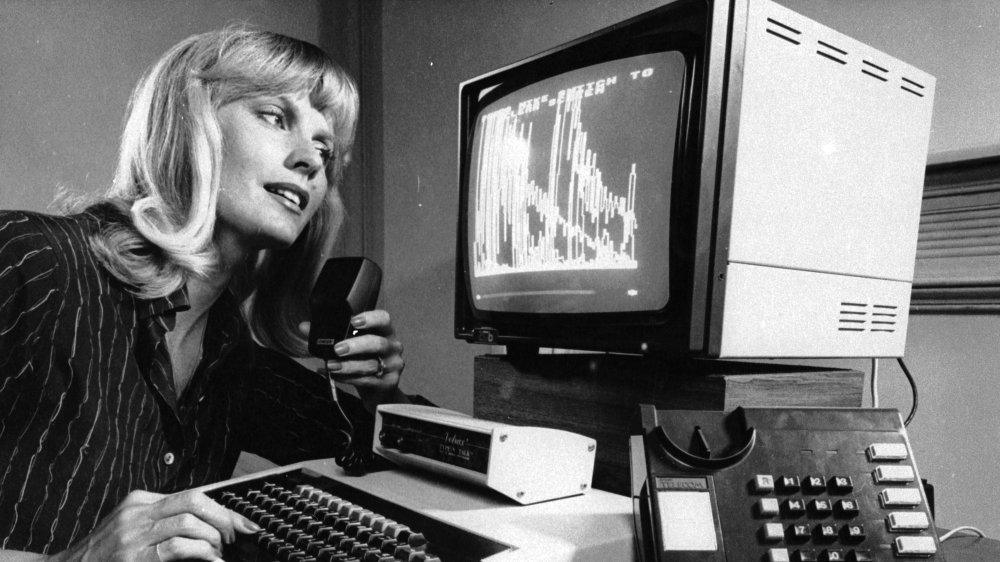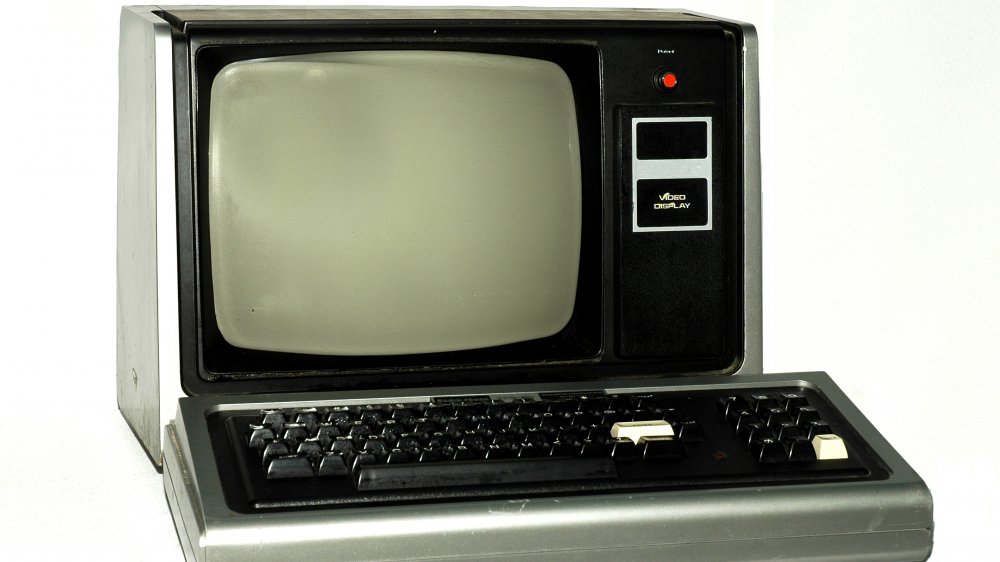What It Was Like To Use A Computer In The '80s
Long before we had the internet at our fingertips and before computers weighed less than five pounds, there was a period where computers were a new and exciting technological phenomenon. Nowadays, we expect our computers to work lightning fast, connect to Wi-Fi from anywhere, and pick them up and take them with us wherever we go.
Although computers, as we would know them, had their start as early as 1936, according to Live Science, personal computers weren't widely available until the 1980s. IBM and Apple introduced their version of personal computers in the early 80s, which included floppy disks, drop-down menus, and color monitors, which were technological miracles back then. They became so popular and such a household staple that in 1982, Time magazine named the computer its "Man of the Year."
But what was it really like to own and use one of these early computers in the 80s? For many Americans, it was a huge learning curve.
A technical machine for simple tasks
One way to describe learning how to use a computer could be "much more like taking up a musical instrument than following instructions how to use an electrical appliance, such as a toaster," wrote Paul Strassmann in his 1985 book, Information Payoff.
At first, people were hesitant to use a machine that could *gasp* compute things, and it actually took some people convincing to hop on board. History Extra notes that a 1982 advert for the Commodore VIC-20 computer cautioned, "We live in the age of computers. Coming to terms with them is part of coming to terms with the 20th century." Once people got on board to include this new technology into their homes, they were used for pretty simple tasks. Computer owners in the 80s would play games, use their computer to store family recipes or household budgets, and, when the first word processor was introduced in 1985, swap out typewriters for the convenience of the new technology. Eventually, the younger members of the household would learn simple programming techniques on these early computers.
Even though these machines had little processing power, chunky, rubber keyboards, and barely legible graphics, they were the start of a new technological era. Just like a television, almost every American eventually had a computer — and a "computer room" — in their homes by the end of the decade.

